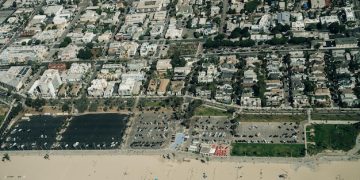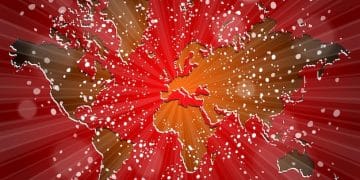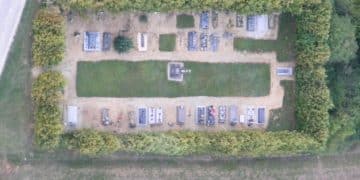US Response to Middle East Instability: A Comprehensive Analysis
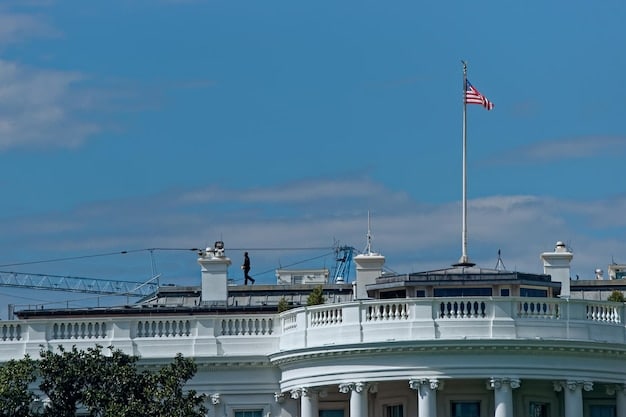
The US response to the growing instability in the Middle East involves a multifaceted approach, including diplomatic efforts, military presence, economic aid, and support for regional allies, aimed at managing conflicts, countering terrorism, and promoting stability.
The Middle East has long been a region fraught with conflict, political upheaval, and humanitarian crises. Understanding the US response to the growing instability in the Middle East: A Comprehensive Analysis is crucial for grasping the geopolitical dynamics at play and anticipating future developments.
Understanding the Roots of Instability
To fully understand the United States’ response, it’s essential to grasp the complex web of factors contributing to the Middle East’s instability. These factors include historical grievances, sectarian conflicts, economic disparities, and the rise of non-state actors.
These interwoven elements create a fertile ground for unrest and make the region a persistent challenge for policymakers both within and outside the Middle East.
Historical Context
The legacy of colonialism, arbitrary borders, and external interventions has shaped the region’s political landscape. These past actions continue to fuel resentment and conflict.
Sectarian Divisions
The divide between Sunni and Shia Muslims, further complicated by ethnic and tribal affiliations, underpins many of the region’s conflicts. These divisions are often exploited by political actors to mobilize support and consolidate power.
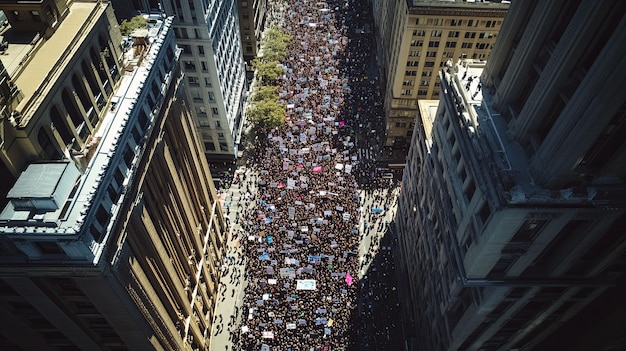
Here are some key factors:
- The rise of extremist groups exploiting sectarian tensions.
- The proxy wars fought between regional powers supporting different factions.
- The failure of governments to address the grievances of marginalized communities.
In conclusion, the roots of Middle Eastern instability are deep and multifaceted, stemming from a complex interplay of historical, political, and socio-economic factors that continue to shape the region’s trajectory.
Diplomatic Efforts and Alliances
Diplomacy forms a key part of the US approach. This involves engaging in negotiations, mediating conflicts, and building alliances with regional partners to promote stability and counter threats.
These diplomatic efforts seek to address immediate crises while laying the groundwork for long-term solutions.
Key Alliances in the Region
The US maintains strong alliances with countries like Israel, Saudi Arabia, and Jordan. These partnerships are based on shared security interests and strategic cooperation.
Negotiations and Mediation
The US plays a crucial role in mediating conflicts between Israel and Palestine, as well as addressing other regional disputes through diplomatic channels.
Here are some diplomatic approaches used:
- Facilitating peace talks between conflicting parties.
- Providing political and economic support to allies.
- Building coalitions to address shared threats, such as terrorism.
In summary, diplomatic engagement, alliance-building, and strategic partnerships are crucial to the US efforts toward fostering stability and addressing conflicts in the Middle East.
Military Presence and Operations
The US maintains a significant military presence in the Middle East. This presence serves multiple purposes, including deterring aggression, combating terrorism, and protecting US interests.
These deployments are often controversial, sparking debates about the effectiveness and long-term consequences of military intervention.

Counterterrorism Operations
The US military has been actively involved in counterterrorism operations against groups like ISIS and Al-Qaeda. These operations involve airstrikes, special forces raids, and training of local forces.
Maintaining Regional Security
The presence of US forces aims to deter potential aggressors and ensure the free flow of oil through strategic waterways like the Strait of Hormuz.
Here’s a better look at military involvements:
- Conducting joint military exercises with regional partners.
- Providing military aid and training to allied forces.
- Deploying troops and assets to strategic locations.
In essence, the US military presence in the Middle East serves as a tool for projecting power, deterring threats, and safeguarding US interests, while also sparking debate.
Economic Aid and Investment
Economic assistance is an important component of the US strategy. This aid aims to promote economic development, reduce poverty, and foster stability by addressing the root causes of conflict.
However, the effectiveness of aid programs is often debated, with critics arguing that it can sometimes create dependency or be misused by corrupt regimes.
Promoting Economic Development
US aid programs support education, healthcare, infrastructure development, and private sector growth in the region.
Humanitarian Assistance
The US provides humanitarian aid to address the needs of refugees, displaced persons, and victims of conflict. This aid includes food, shelter, medical care, and other essential services.
Here are a few types of aid:
- Providing grants and loans to support economic reforms.
- Investing in education and job training programs.
- Supporting initiatives to promote good governance and combat corruption.
In short, economic aid and investment represent a tool to promote economic development and advance US interests in the Middle East.
The Impact of the Iran Nuclear Deal
The Iran nuclear deal, officially known as the Joint Comprehensive Plan of Action (JCPOA), was a landmark agreement aimed at preventing Iran from developing nuclear weapons. The US withdrawal from the deal in 2018 had significant implications for the region.
These implications are complex and far-reaching, affecting the security landscape of the Middle East.
The Original Agreement
The JCPOA, signed in 2015, limited Iran’s nuclear program in exchange for sanctions relief. It was seen by many as a major diplomatic achievement.
US Withdrawal and Re-Imposition of Sanctions
The US withdrawal from the JCPOA and the subsequent re-imposition of sanctions have led to increased tensions between the US and Iran, as well as among regional actors.
Here are some ways the US withdrawal impacted the region:
- Increased concerns about Iran’s nuclear ambitions.
- Escalation of regional conflicts, such as the war in Yemen.
- Growing divide between the US and its European allies.
In conclusion, the Iran Nuclear Deal’s impact on the US response to the Middle East’s instability remains a subject of considerable debate.
The Role of Democracy Promotion
For many years, the US has promoted democracy in the Middle East, believing that democratic governance can lead to greater stability and prosperity.
This promotion, however, has been met with mixed results.
Supporting Civil Society
The US supports civil society organizations, human rights activists, and independent media outlets in the region. These efforts aim to empower citizens and promote democratic values.
Electoral Assistance
The US provides technical and financial assistance to support free and fair elections. However, these efforts have sometimes been criticized for interfering in the internal affairs of other countries.
Below are a few ways democracy is promoted:
- Supporting political reforms and good governance initiatives.
- Promoting freedom of expression and assembly.
- Encouraging inclusive political processes.
Overall, the promotion of democracy by the US in the Middle East has faced many hurdles and varying degrees of success.
| Key Point | Brief Description |
|---|---|
| 🤝 Diplomatic Efforts | Negotiations, mediation, and alliances to promote stability. |
| 🛡️ Military Presence | Deterring aggression, combating terrorism, protecting US interests. |
| 💸 Economic Aid | Promoting economic development, reducing poverty, fostering stability. |
| 🗳️ Democracy Promotion | Supporting civil society and electoral assistance. |
Frequently Asked Questions (FAQ)
▼
The primary goal is to promote stability and security in the region to prevent conflicts that could threaten US interests, such as terrorism or disruptions to the global oil supply.
▼
The US tries to maintain relationships with various countries based on mutual interests, which can be a delicate balancing act considering the different geopolitical alignments and rivalries present.
▼
The US has historically tried to mediate between the Israelis and Palestinians, seeking a two-state solution, but its approach has often been viewed as biased towards Israel.
▼
The US maintains a military presence to counter terrorism, deter aggression, and protect its strategic interests, including ensuring the flow of oil.
▼
US policy has shifted with administrations, moving from direct military intervention to supporting local forces, with a constant theme of balancing security concerns and diplomatic engagement.
Conclusion
In conclusion, the US response to the growing instability in the Middle East: A Comprehensive Analysis is a complex and multifaceted undertaking involving diplomatic engagement, military presence, economic aid, and promotion of democracy. The US navigates the intricate web of conflicts and political dynamics in the region to protect its interests, foster stability, and address humanitarian concerns. The path forward remains challenging, requiring a thorough understanding of the region’s history, cultures, and geopolitical landscape.

